Governance of Tron Ecosystem - Crypto Academy / S4W7 - Homework post for [yohan2on]
Hello lovely people around the globa, hope you are fine. Today i am writing homework task for professor @yohan2on which is about the governance of Tron Ecosystem.
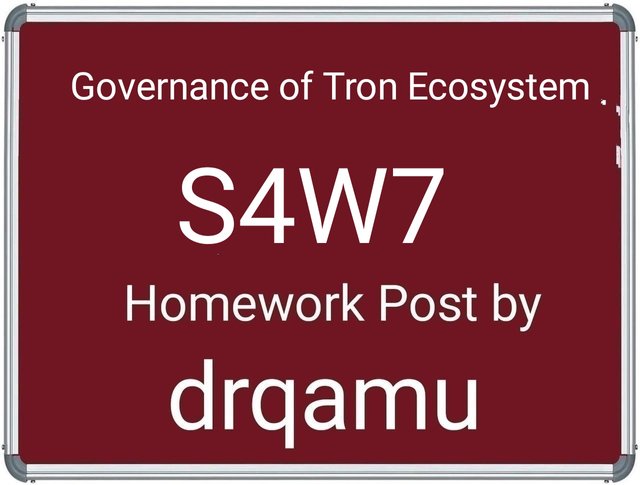

Who are Super Representatives, SR partners and SR candidates? (The Governance of the TRON Ecosystem)

The consensus mechanism adopted by Tron Network is Delegated Proof of Stake (DPoS). In DPoS, witnesses are choosen on the basis of voting to validate transactions. Votes are casted by users of the network who stake their tokens on the network. There is a definite number of witnesses or representatives that fall in top tier and qualify as validators. In addition, there are supporters who have an equal chance of entering into the list after getting requisite number of votes as voting is carried out at regular intervals (6 hours) to maintain the integrity of the network.
Tron power refers to voting power on Tron network which is obtained by staking TRX. For every one TRX staked, one voting right is given to staker. The candidates who take part in the election to get elected as block Validaters are supposed to act as represntatives on the network. The top 27 candidates are known as super represntatives and 28th to 127th are known as super representative partners and after 128th are super represntative candidates.
Super representatives are awarded 16 TRX with each block production. These rewards are known as SR rewards or block rewards. In addition, all the 127 candidates get 160 TRX to share with each block production as per the share of votes received. These rewards are known as candidate rewards or vote rewards.It means that SRs also recieve their share of 160 TRX with each block production. So total reward is sum of block rewards and voting rewards .
Total Rewards = Vote Reward x brokerage ratio + Block Reward x brokerage ratio
Brokrage ratio is fixed as 20% for SRs and 80% for voters.
Same formula is used for calculating SR rewards as well as SR partner rewards. However, for SR partners block rewards will be zero as they are not involved in mining blocks.

What’s the difference between DPOS and POS consensus mechanisms?

DPos and PoS are consensus algorithms adopted by different blockchians to validate the transactions. Before going on to details of algorithms, I'll briefly mention what consensus algorithms actually mean.
Consensus algorithm is a system of well implemented codes on the blockchain that serve the purposes like verification of transactions before recording ( we know none of the transaction on blockchain is recorded before being verified) , storage of transactions in small interconnected units called blocks, and after successful completion aid in rewarding miners and therefore maintain integrity of the blockchain. So keeping this thing in mind, let's move on to PoS.and Dpos.
Proof of Stake
Proof of stake is a consensus mechanism adopted by some altcoins to circumvent the shortcomings of earlier existing algorithms like proof-of-work. The mining rights in blockchains that follow proof of stake mechanism are proportionate to the share of token holded by miners. In addition to number of tokens staked , the longer duration of staking is also preferred while conferring mining rights . Theoretically, we can understand it like this, if there are two miners, one of them holds 5% of the coins and other stakes 10%, they will therefore get chance to mine 5% and 10% of the blocks respectively. This consensus mechanism is known as proof of stake. PoS was first adopted by Peercoin. PoS is better alternative to PoW in terms of energy efficiency, scalability, cost effective , environmental eco-friendly etc. Some of the blockchains that follow PoS are Tezos, Cosmos, Cardano, EOS, Algorand, and Synthetix .
PoS blockchains have an efficient mechanism in place to prevent miners from adding malicious transactions to the network. PoW demands miners to have staked tokens that value more than the transaction fee that they get for validating blocks . In case of detection of any fraudulent activity by miners, the staked tokens are lost and that miner is not allowed to participate in mining thereafter.
As PoS is a fascinating algorithm and poineer blockchains like Ethereum are also planning to adopt PoS in Ethereum 2.0. However, PoS seems to favour a particular section of users ( stakers /wealthy) for mining and has therefore given rise to DPoS.
Delegated Proof of Stake
DPoS is successor of PoS that evolved to offer a more democratic way of choosing witnesses. DPoS was founded by Daniel Larimer, founder of BitShares, Steemit and EOS in 2014. In DPoS, users or voters stake the tokens and vote for witnesses. The choosen witnesses than validate the new blocks produced. It is analogous to delegation of steem power on steem blockchain. We know that, delegated steem power is not transferred to delegatee but delegatee is empowered by delegator to carry out curation and share rewards with delegator. In the same manner, users stake tokens and get voting power and vote for witnesses who validate transactions and earn transaction rewards. The rewards are than shared with voters in proportion to their staking share. For example, a user staking 5% of tokens is entitled to claim 5% of transaction rewards.
The point to understand here is that, the witnesses are not chosen on the basis of tokens they stake themselves but on the basis of number of votes casted for a particular witness by the token holders. For claiming rewards of a particular block , a witness must be able to validate all the transactions of a particular block. Failure to validate any transaction in the block excludes witness of the rewards and are claimed by some other witness who validates the transactions.
Witnesses are not choosen once forever. They are at risk of losing their position in case they fail to get requisite number of votes for a particular round. In this way, a competent and trustworthy top tier of witnesses is always at work for maintaining integrity of network. The number of witnesses in top tier may vary from 21 to 101. For example, Eos. Steemit has 21 witnesses and Bitshares, Lisk has 101 top witnesses.
To avoid any malicious attack on network, any witness found indulged in such activity is at risk of losing all the staked tokens just like PoS algorithm. In addition , DPoS is energy efficient, scalable, more decentralised and has efficient governance model.
In DPoS, the voters must be well informed and neutral while taking decision to vote for witness. Moreover, the weighted voting is also a point that critics find easy to target and is becoming an issue of concern.
As for PoS and DPos are concerned, in PoS the mining rigts are conferred in proportion to the tokens staked but DPoS involves voting for witnesses to qualify as block validators.

Write a Step by Step tutorial showcasing how to stake/freeze TRX and vote for SRs

Below is a step by step tutorial to explain staking and voting in Tron ecosystem. All we need is a TronLink wallet.
Open your TronLink wallet app. On the main page, we can see opening TRX balance, energy and bandwidth. Also we have options like send , receive, swap , freeze , and vote. Of these five options, we are more concerned about freeze and vote as demanded by question.
First we will be doing freezing of TRX to obtain voting rights. For every TRX staked, we get one voting right. In addition to voting rights, we also get resources like energy or bandwidth.
Click on Freeze and on the next page, enter the amount of TRX to be frozen. Before freezing TRX, i already have 50 voting rights for my earlier frozen TRX. Now i will freeze 5 more TRX to get 5 more voting rights.
After entering amount of TRX ( 5 TRX) , click on Freeze.
Next confirm the transaction after checking details.
Enter the password set at the time of creating wallet. Click on done. Voting rights as well as resources are added. For this task, I have chosen resources as energy. You can choose bandwidth as well in the similar manner.
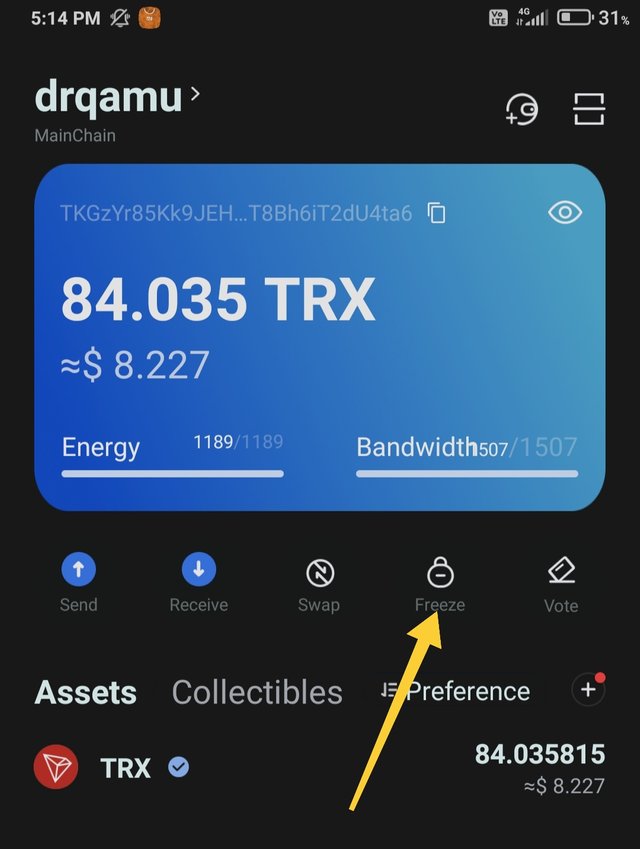
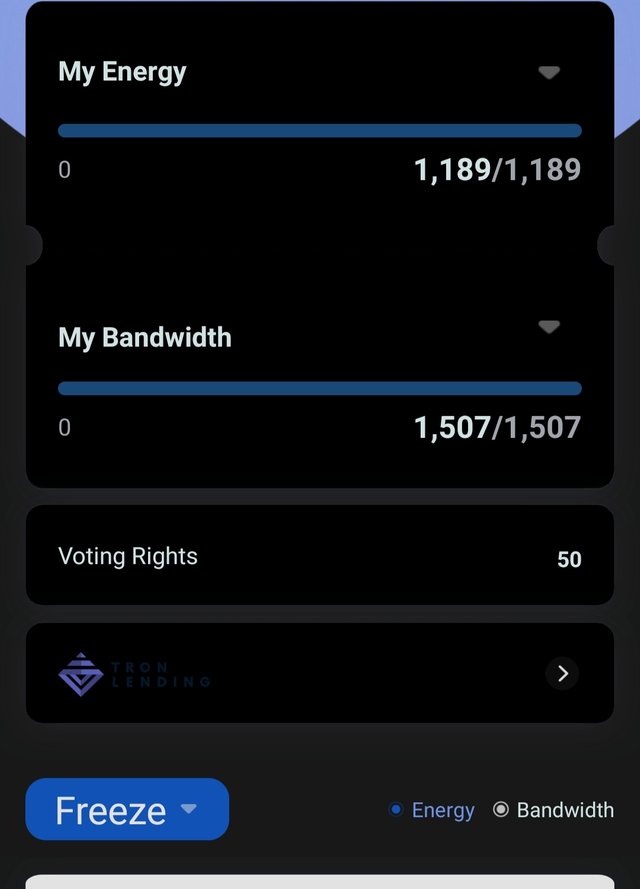
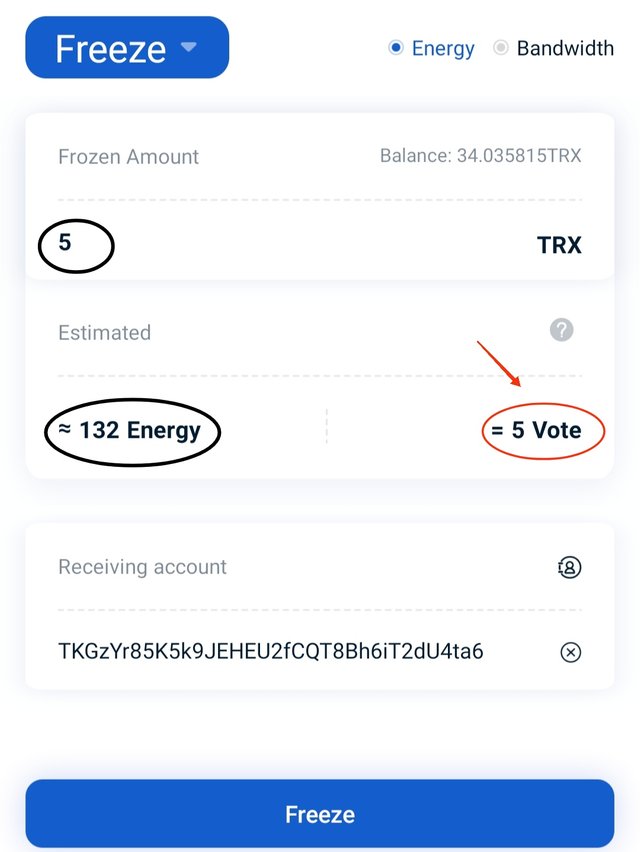
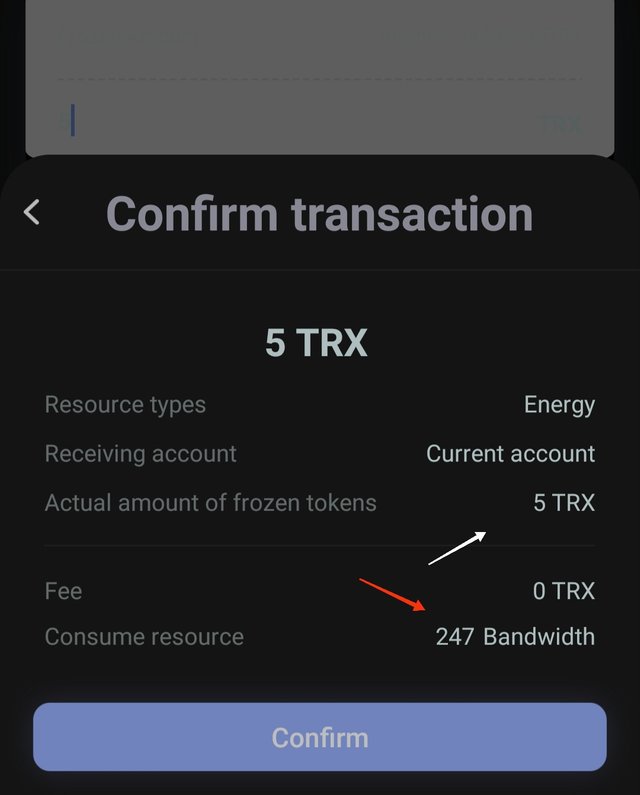
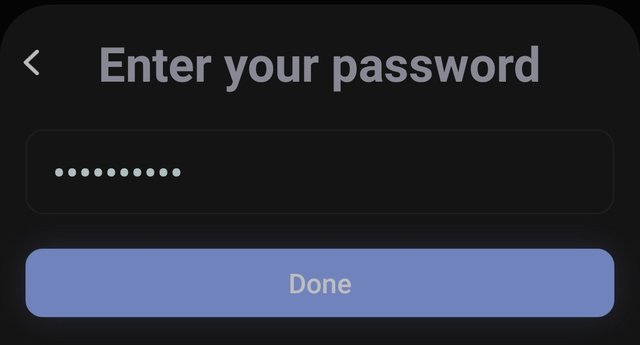
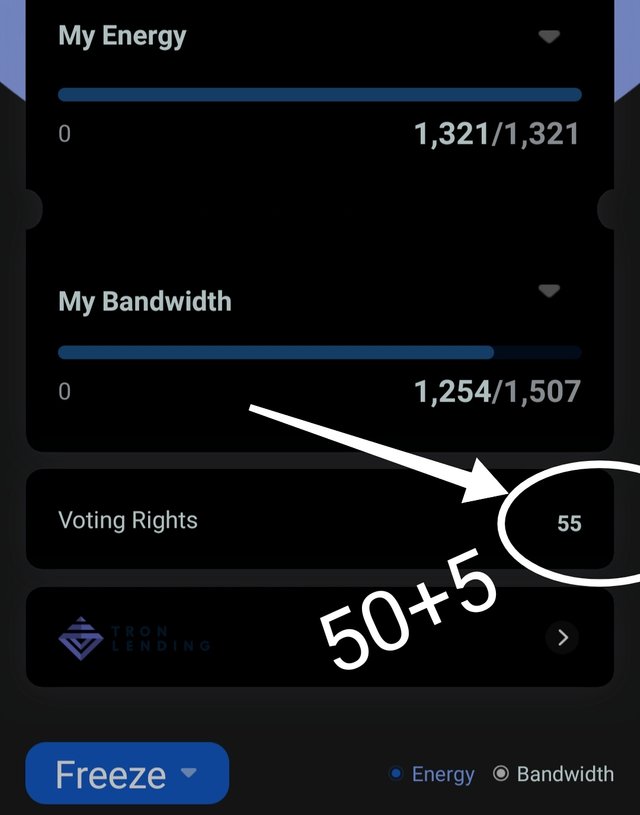
We can see that we have got five additional voting rights. Before freezing, i was having 50 rights and after freezing, i have 55 voting rights.
Vote for SRs.
Again open the TronLink wallet app. From the main page of the app, click on Vote as shown in screenshot below.
Next we get list of SRs. Select the SR to be voted. I selected JD Investment.
Next enter the voting amount. I selected 10 out of 55 amount that i had. Click on confirm.
Next i entered password of TronLink wallet. Click on done.
Next, page of SRs will load and we get to see that the SR we choose has been voted with the requisite amount as shown by arrow in the screenshot below.
At the end, i again cross checked the voting rights and voted amount. I found 10 voted and 45 voting amount left.
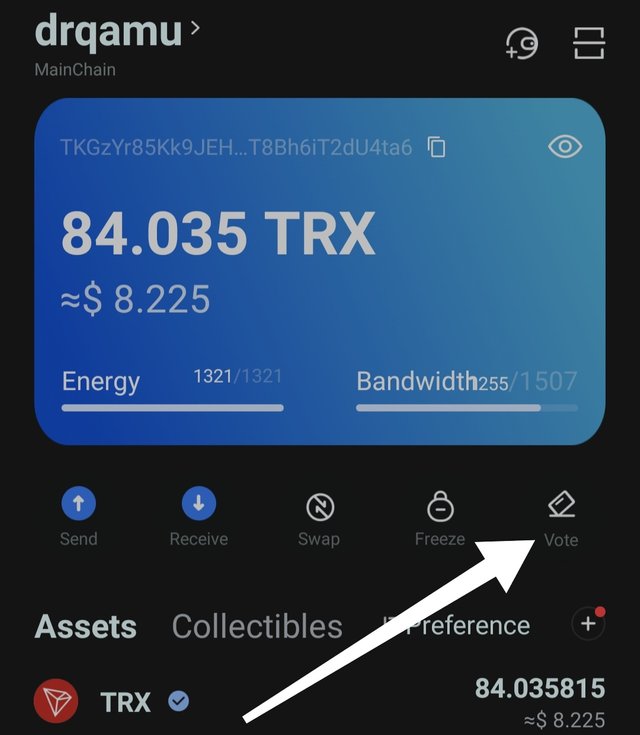
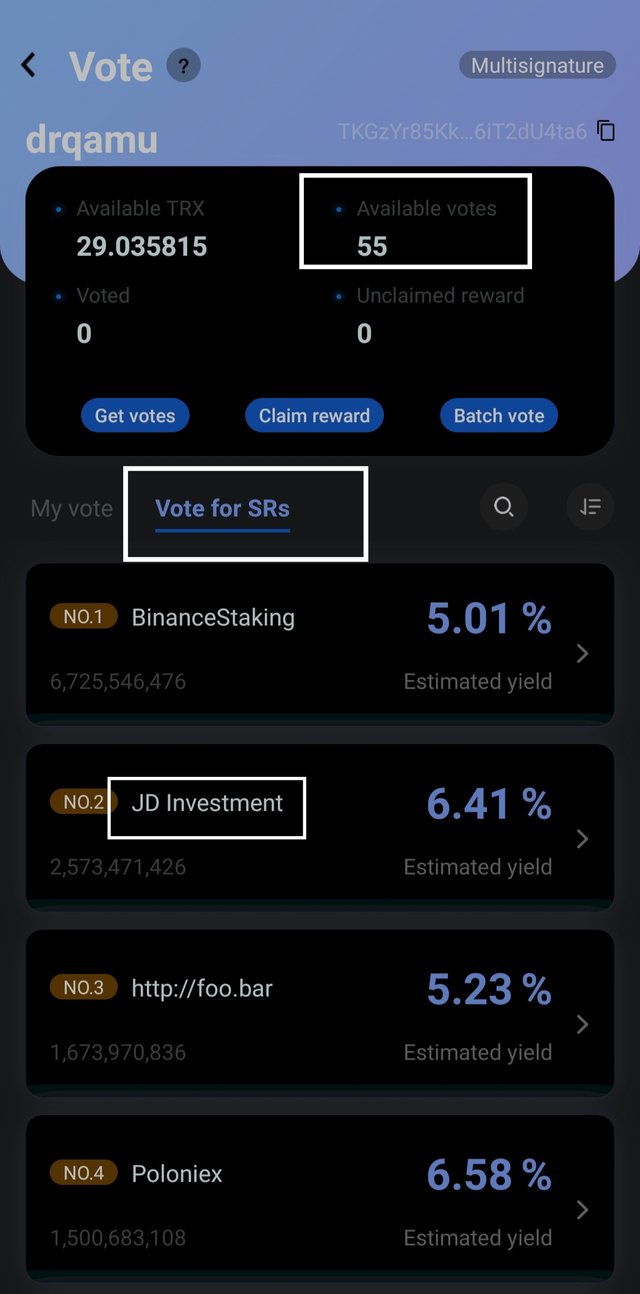
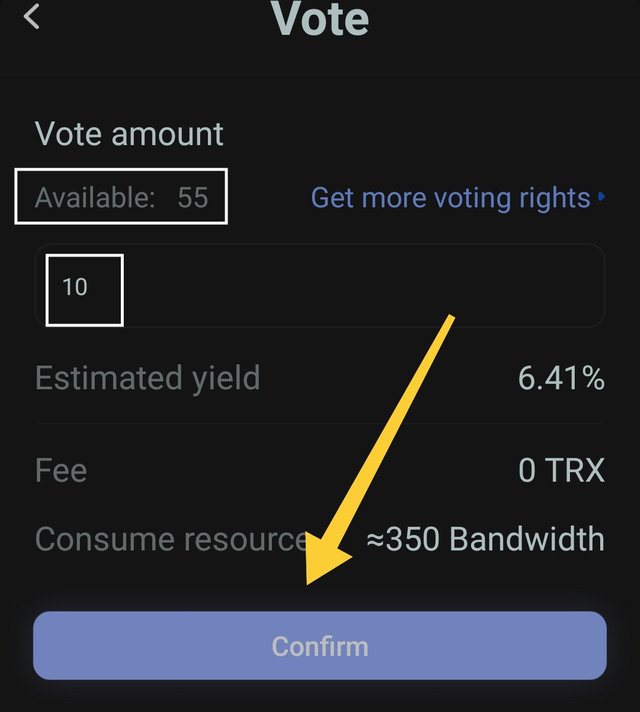
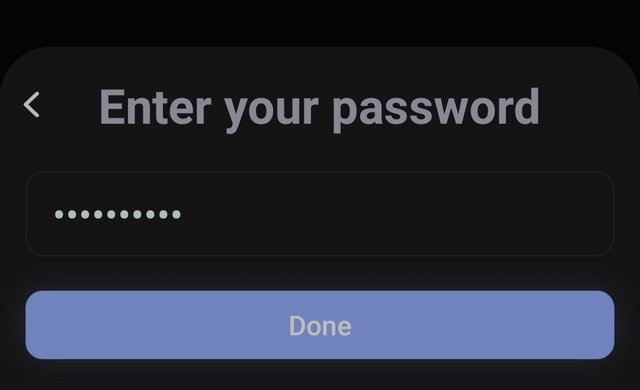
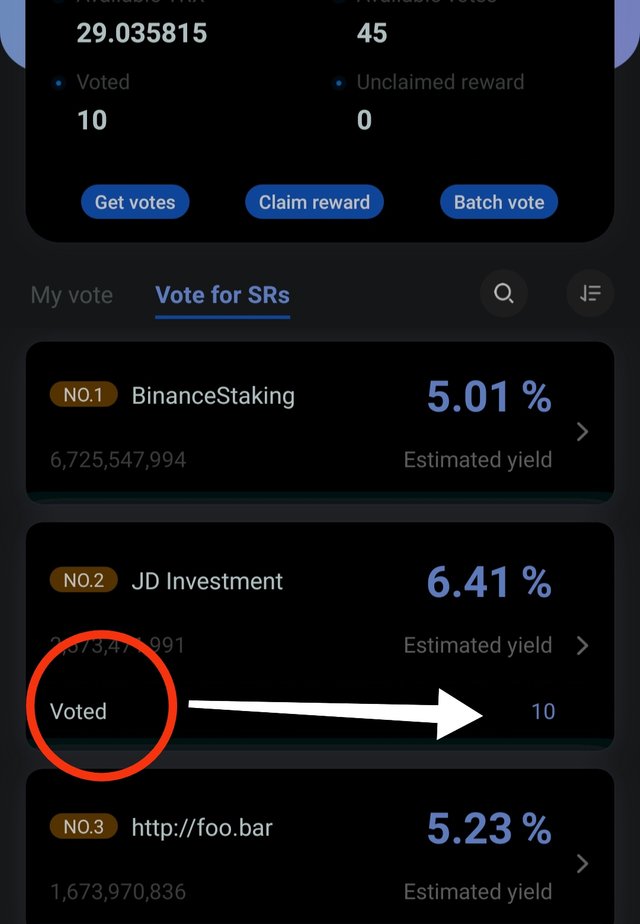
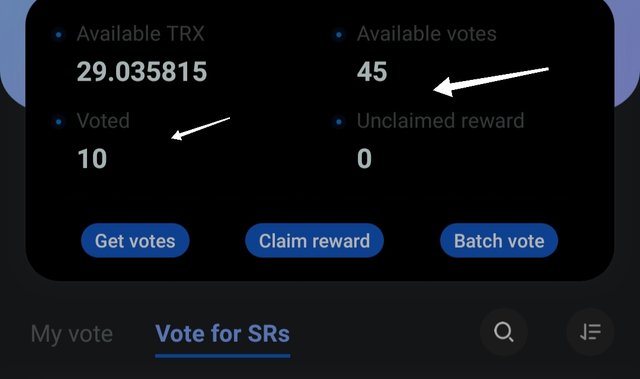

Conclusion

Blockchian technology has revolutionised the DeFi in particular and is influencing other fields of day to day use as well. With different consensus algorithms in place, shortcomings of older mechanisms like PoW are circumvented by new mechanisms like PoS, DPoS, PoC, PoB etc. As nothing is absolute, these new algorithms do have shortcomings too.
Hi @drqamu
Thanks for participating in the Steemit Crypto Academy
Feedback
Total| 10/10
This is excellent work. All questions have been well explained in a clear and detailed way. Thanks for taking the time to research as you create content on the Governance of the Tron Ecosystem.
Thank you very much.